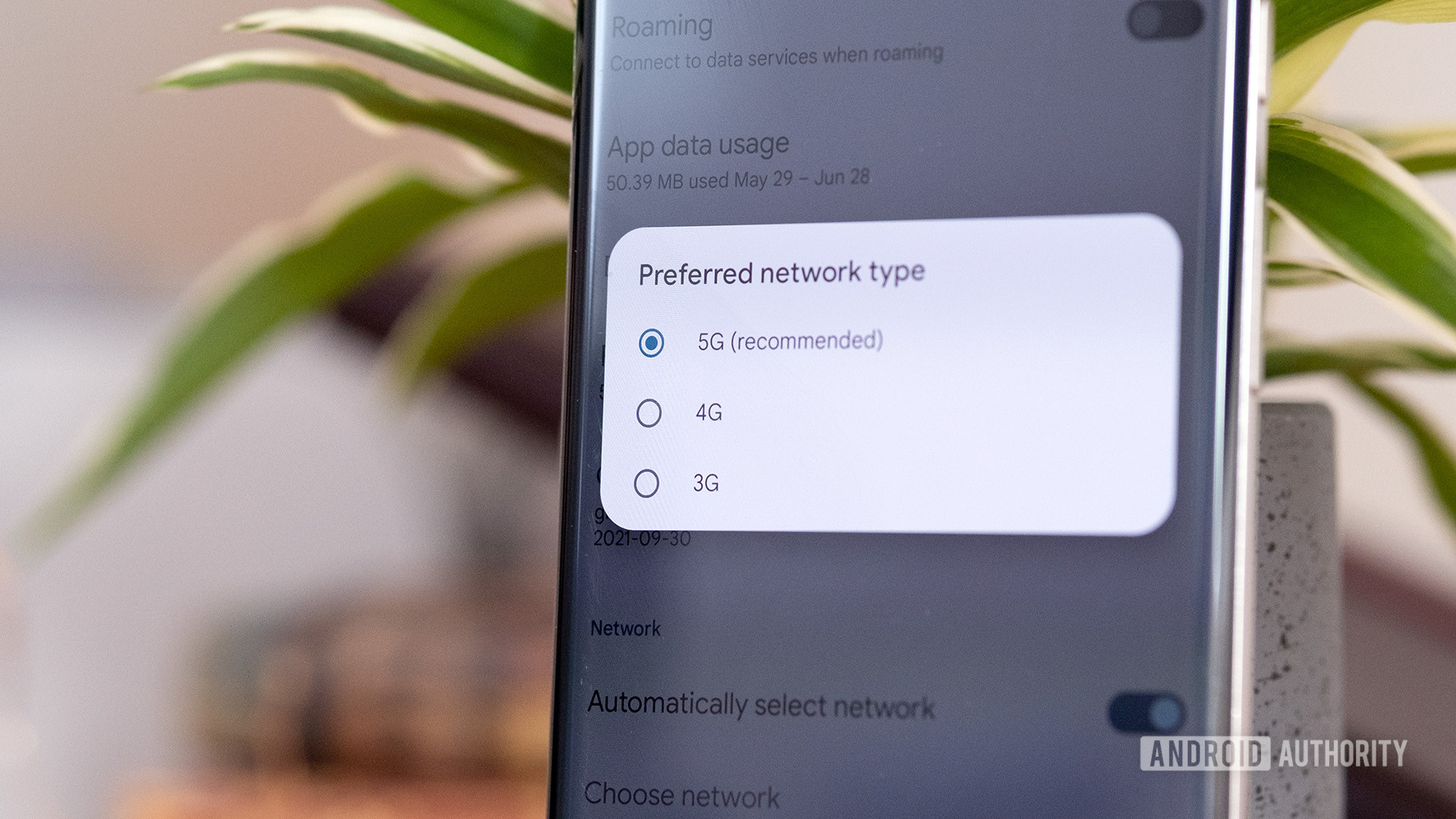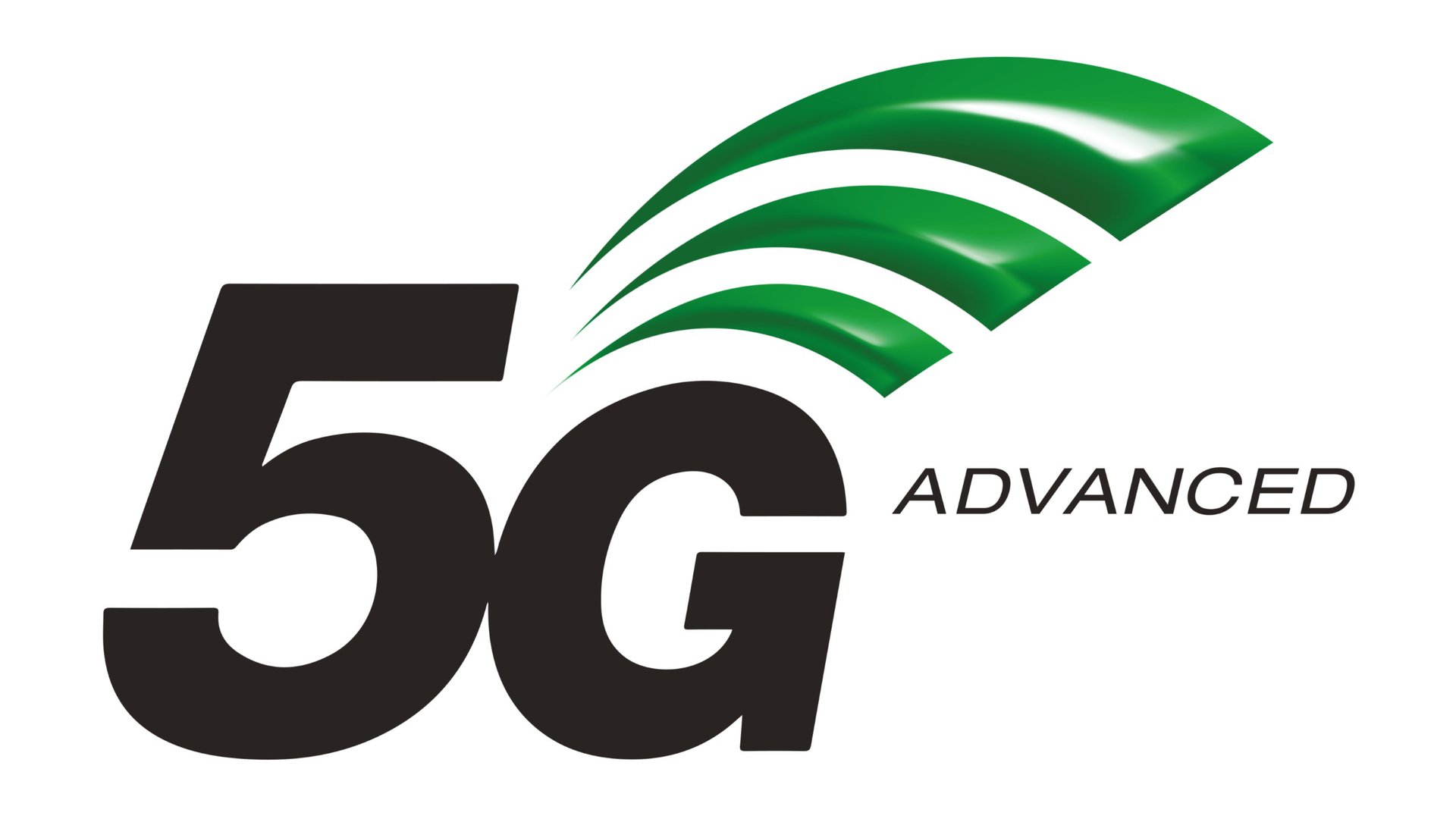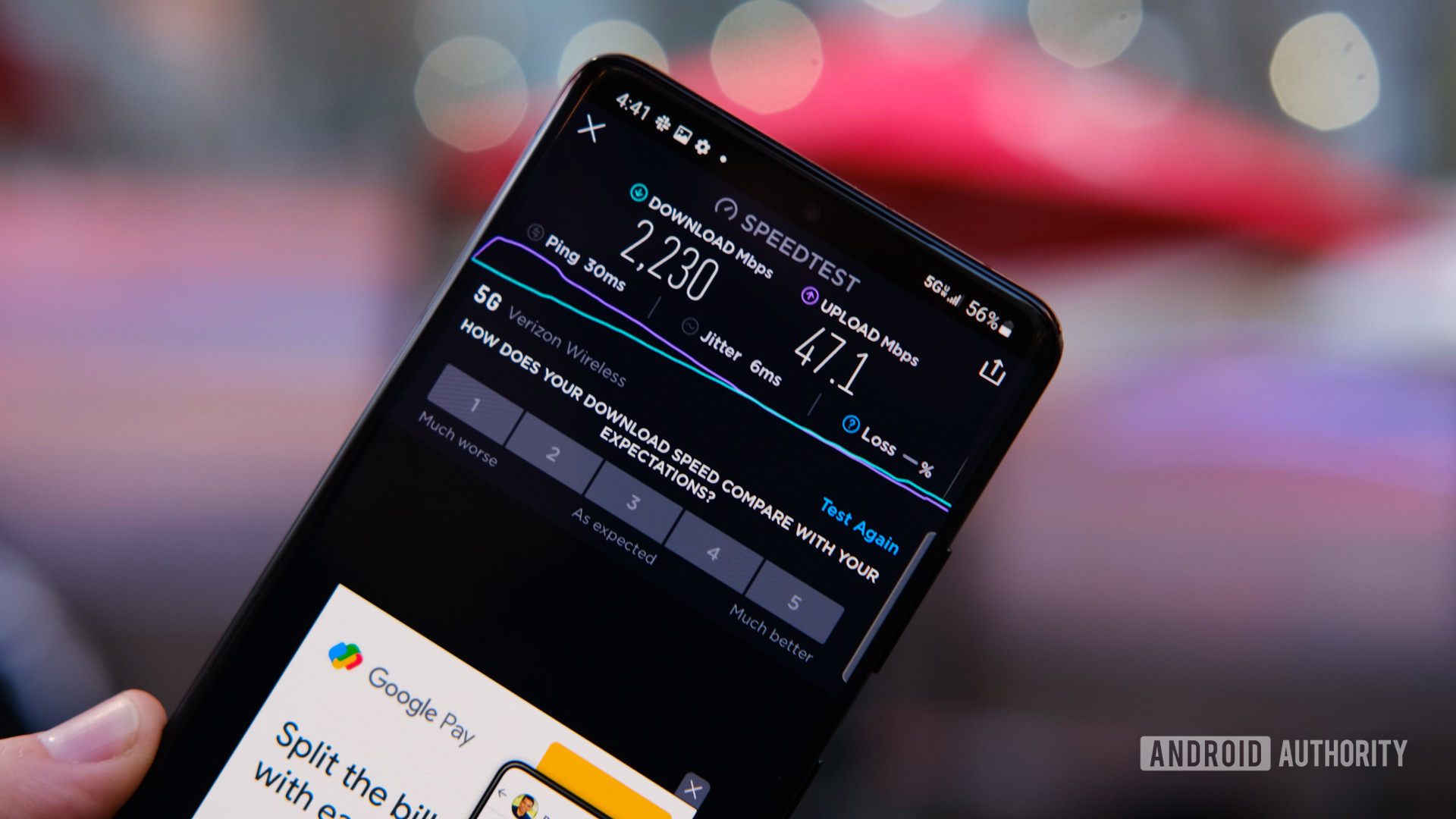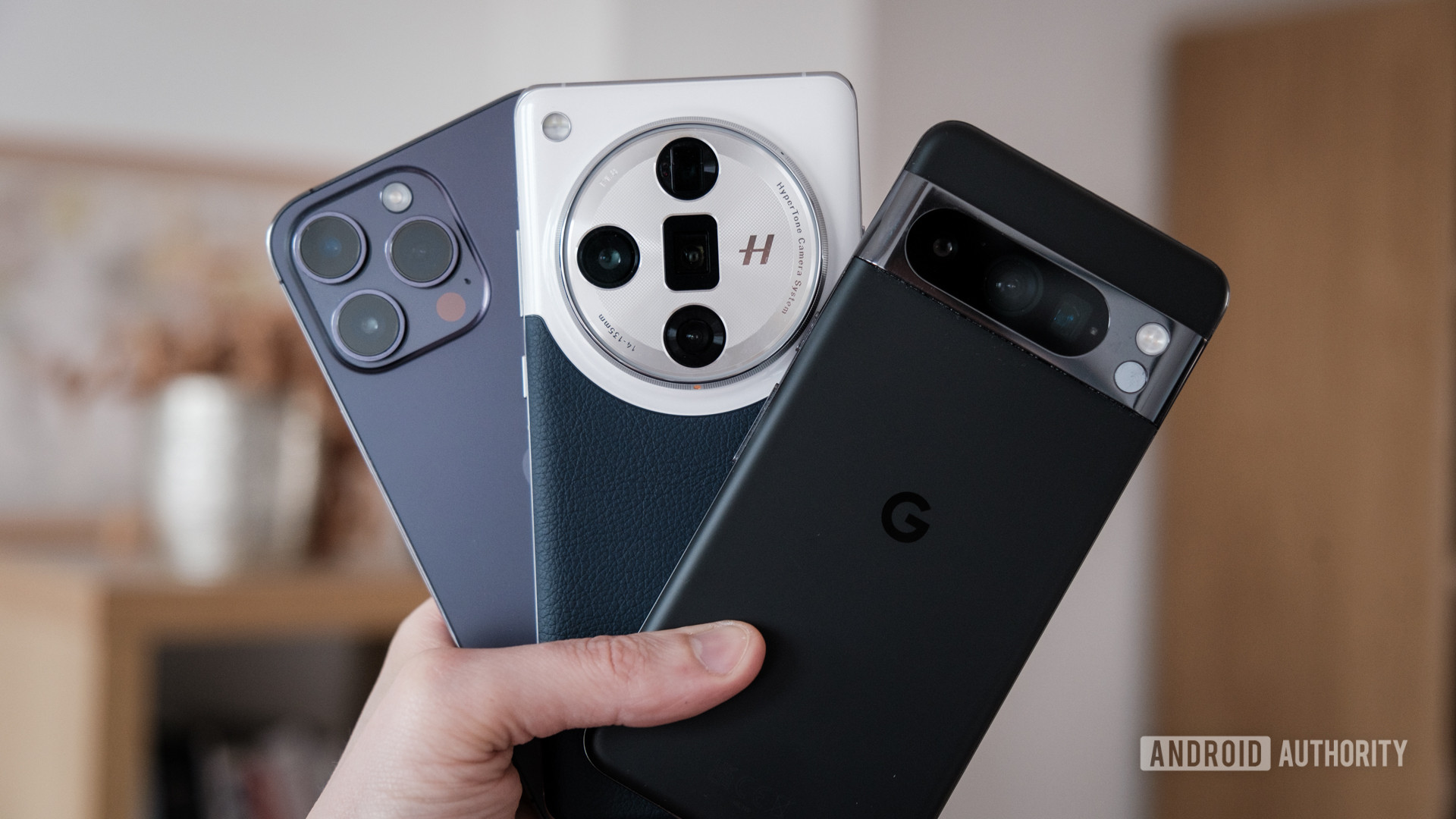
Robert Triggs / Android Authority
Even though we’ve only just started taking 5G plans for granted, another cellular upgrade is already on its way. Dubbed 5G Advanced, the new technology promises not just faster data speeds, but also better reliability and power savings. And unlike 6G networks, the first smartphones with 5G Advanced support have already hit store shelves. So what exactly does the 5.5G or mid-generation 5G Advanced update mean for you and me? Let’s break it down.
What is 5G Advanced or 5.5G and why do we need it?

Calvin Wankhede / Android Authority
5G Advanced, formally defined in 3GPP Release 18, is an upgrade to existing 5G networks and has seen initial deployment in some countries. It introduces various optimizations to current 5G deployments and lays the foundation for future cellular generations like 6G.
Historically, mobile networks have enjoyed a decade-long lifespan. The first 3G networks arrived in the early 2000s, for example, and were eventually replaced by LTE and 4G in the 2010s. Fast forward to the 2020s and carriers were ready to deploy 5G infrastructure. But while mobile networks may seem like they only undergo an abrupt upgrade every ten years or so, that’s not entirely true. Case in point: both 3G and 4G received evolutionary updates during their lifespan.
Mid-generation cellular network upgrades are the norm, going back decades.
In that vein, you can think of 5G Advanced as an ongoing enhancement of the existing 5G standard. We saw the same thing happen over a decade ago when the 3GPP announced LTE Advanced, which introduced Carrier Aggregation (CA) for significantly faster speeds and MIMO or multi-antenna transmission. Then, in 2016, LTE Advanced Pro was the last step before we transitioned to 5G networks. If you’ve ever seen the LTE-A or LTE+ icon on your smartphone, it was connected to one of these newer networks.
With that in mind, you may be wondering what improvements 5G Advanced brings to the table. And on that front, there’s both good and bad news.
5G vs 5G Advanced: What’s improved and different?

David Imel / Android Authority
The good news is that 5G Advanced promises a noticeable improvement over regular 5G in several areas. Unfortunately, some of these benefits are subtle enough to not immediately impact everyday smartphone use. Additionally, 5G Advanced is set to be deployed in multiple phases, spanning 2024 to 2026 and beyond
Nevertheless, here’s what 5G Advanced or 5.5G seeks to offer in comparison to regular 5G:
- Faster speeds: No cellular generation update would gain traction without the bold claim of faster data transfer speeds. That adage stands true for 5G Advanced as well, with industry players claiming it will finally realize the promise of 10Gbps download speeds.
- Massive MIMO: Massive MIMO was one of 5G’s headlining features when it launched. It involves cell towers using dozens of antennas (or even more) to handle multiple data streams simultaneously. Coupled with beamforming to direct these streams precisely where they are needed, the technology allowed sub-6GHz 5G to reach gigabit speeds in the real world. 5G Advanced brings several refinements to Massive MIMO, adding more antennas to improve connection quality even in crowded areas like stadiums. We’ve also heard rumblings of AI being used to predict traffic patterns and improve signal strength.
- Energy efficiency: When flagship smartphones began transitioning away from 4G a few years ago, users quickly found that 5G caused significant battery drain. Smartphone modems have since improved, but 5G Advanced promises a reduced battery drain by allowing devices to enter low-power states when idle. For improved energy efficiency at the broadcast level, cell towers can intelligently adjust their output power or sleep when not actively serving devices.
- High-precision finding: Thanks again to the technology’s multi-antenna approach, 5G Advanced can use signal timing to locate devices in real time. This centimeter-level accuracy could pave the way for 5G-A’s adoption in logistics and asset management.
Apart from these highlights, 5G Advanced or 5.5G also looks to unlock additional mid-band frequencies above 6GHz. The latest 3GPP Releases add support for bands between 7GHz and 24GHz. This aligns with 5G Advanced’s goal of providing a smooth transition to 6G networks.
Which countries and carriers have 5G Advanced or 5.5G?

5G Advanced is still in its nascent stages and the first formal announcements weren’t expected until late 2024. However, China Mobile became the world’s first carrier to announce a limited launch of 5G Advanced in March 2024. This perhaps isn’t surprising as we’ve seen extensive demos from local players like Huawei and ZTE.
China has taken the 5G Advanced lead, at least for now.
Given the US sanctions against the two Chinese telecommunications heavyweights, China’s rapid 5G Advanced deployment may serve as a show of technological might. Luckily, companies like Qualcomm, Nokia, Ericsson, and Samsung remain actively involved in the standardization and research aspects of 5G-A. This healthy competition and global collaboration ensure that 5G Advanced won’t be dominated by a single country’s technology or influence.
We should see early 5G adopters like South Korea and the United States embrace 5G Advanced by 2025. The UAE has also performed extensive testing, so it may not be far behind either. As with prior cellular generations, we can expect 5.5G to land in large cities first.
Does my phone support 5G Advanced?

Robert Triggs / Android Authority
As of March 2024, only the OPPO Find X7 series supports 5G Advanced or 5.5G. The company likely worked with China Mobile to enable support for the new network.
Mainstream smartphones with 5G Advanced should begin rolling out in late 2024 and early 2025. However, carrier support remains the missing puzzle piece as upgrading infrastructure to support 5G Advanced will require significant investments.
The good news is that today’s hardware already seems ready for the initial launch of 5G Advanced or 5.5G. The OPPO Find X7 series packs Qualcomm’s Snapdragon 8 Gen 3 SoC with the company’s X75 5G modem. It stands to reason that flagship Android smartphones released in 2024 could also support the new network type with a future software update.








